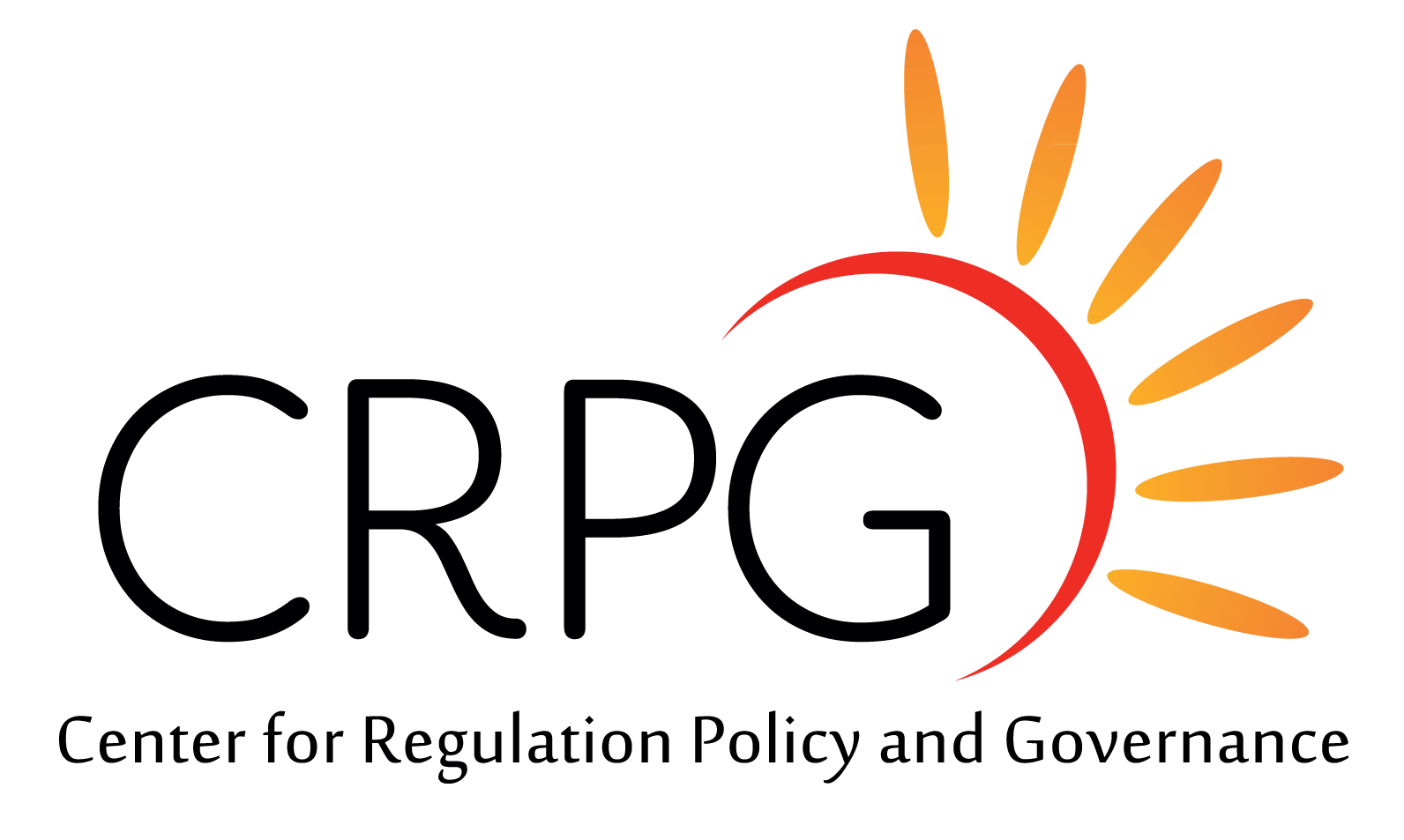Tackling Indonesia's Silent Toxic Crisis: New Research Reveals Urgent Need for Lead Paint Regulations

A new study published in the International Chemical Regulatory and Law Review exposes a troubling environmental health crisis affecting millions of Indonesian children. The research, co-authored by CRPG Senior Researcher Dyah Paramita alongside prominent environmental advocates, reveals that over 77% of widely sold paint brands in Indonesia contain dangerous levels of lead, putting approximately 30 million children under five at risk of severe developmental harm.
Dyah Paramita, SH, LL.M, serves as lead author of this study. A senior researcher at the Center for Regulation, Policy and Governance with previous experience at the Indonesian Center for Environmental Law, her expertise in environmental law and mercury management directly informs her analysis of Indonesia's lead paint regulatory challenges.
The paper, titled "Eliminating Lead in Paint in Indonesia," presents a sobering picture of regulatory gaps that have allowed this toxic substance to persist in household products long after most developed nations banned it. Lead-based paint represents one of the most preventable sources of childhood lead exposure, yet Indonesia continues to lag behind regional neighbors in implementing mandatory controls. The consequences are far-reaching: lead poisoning damages brain development, reduces IQ scores, and impairs learning abilities in young children whose developing nervous systems are particularly vulnerable.
While 94 countries worldwide have adopted legally binding restrictions on lead paint, Indonesia relies on voluntary industry standards that have proven woefully inadequate. The research team's analysis reveals that only three paint manufacturers have committed to eliminating lead from their products, leaving the vast majority of the market saturated with dangerous formulations. According to World Bank data cited in the study, approximately 10.2 million young children currently live in homes contaminated with lead-based paint, creating an urgent public health emergency that demands immediate regulatory intervention.
The regional context makes Indonesia's inaction even more striking. Neighboring Southeast Asian nations including the Philippines, Thailand, Vietnam, Singapore, and Lao PDR have all established comprehensive legal frameworks restricting lead in decorative paints. These countries demonstrate that effective regulation is both feasible and necessary for protecting public health. Indonesia's continued reliance on non-binding standards leaves its population uniquely vulnerable within the ASEAN community, undermining regional efforts to eliminate toxic substances from consumer products.
The study identifies several interconnected barriers preventing progress toward lead-free paint in Indonesia. Low consumer awareness means most families remain unaware of the risks lurking in their home's colorful walls. Small and medium-sized paint manufacturers cite cost concerns as obstacles to reformulation, despite evidence that lead-free alternatives are widely available and economically viable. Perhaps most critically, the absence of mandatory regulatory frameworks means manufacturers face no legal consequences for continuing to produce and sell lead-contaminated products.
The research team proposes a comprehensive multi-stakeholder approach to address this crisis. At the regulatory level, they recommend presidential regulations explicitly prohibiting the sale of lead-based paints, supported by ministry-level implementation rules establishing maximum lead content limits of 90 parts per million. Reclassifying lead as a restricted or prohibited substance under existing chemical safety frameworks would provide legal teeth for enforcement efforts. Mandatory labeling requirements would empower consumers to make informed purchasing decisions while creating market pressure for reformulation.
Beyond command-and-control regulation, the authors advocate for complementary economic and educational strategies. Tax incentives for manufacturers adopting lead-free formulations could offset transition costs, particularly for smaller enterprises. Extended producer responsibility programs would ensure that paint companies bear appropriate responsibility for managing the lifecycle impacts of their products. Public awareness campaigns targeting both consumers and building professionals could accelerate market demand for safer alternatives.
International cooperation emerges as another critical dimension of the proposed strategy. The paper calls for Indonesia to strengthen participation in regional ASEAN initiatives addressing hazardous substances and to engage more actively with global frameworks like the Rotterdam Convention on Prior Informed Consent. Learning from successful regulatory models in neighboring countries could accelerate Indonesia's policy development while avoiding common implementation pitfalls.
The urgency of action cannot be overstated. Every year that passes without comprehensive regulation means another cohort of Indonesian children exposed to a preventable neurotoxin during their most vulnerable developmental window. The research makes clear that voluntary industry commitments and awareness campaigns alone have failed to drive meaningful change. Only binding legal requirements, backed by effective enforcement and complemented by economic incentives and public education, can eliminate this threat.
This study represents more than academic analysis; it constitutes a call to action for Indonesian policymakers, industry leaders, and civil society advocates. With clear policy recommendations grounded in international best practices and regional precedents, the pathway forward is well-defined. The question is whether Indonesia will seize this opportunity to protect millions of children from a silent toxic crisis that threatens their cognitive development, educational outcomes, and future potential.
Full Article: Read the complete research paper: Eliminating Lead in Paint in Indonesia published in International Chemical Regulatory and Law Review, Vol. 8, No. 1 (2025), pages 27-38.
Authors: Dyah Paramita (Senior Researcher, Center for Regulation, Policy and Governance), Yuyun Ismawati (Co-chair, International Pollutants Elimination Network), Fajri Fadhillah (Senior Regional Campaign Strategist, Greenpeace Southeast Asia), and Debby Thalita Nabila Putri (Researcher, Indonesian Center for Environmental Law).
About the Research: This peer-reviewed article examines Indonesia's regulatory gaps in controlling lead-based paint and proposes comprehensive policy interventions combining mandatory restrictions, economic incentives, consumer awareness campaigns, and regional cooperation to eliminate this preventable public health threat.

